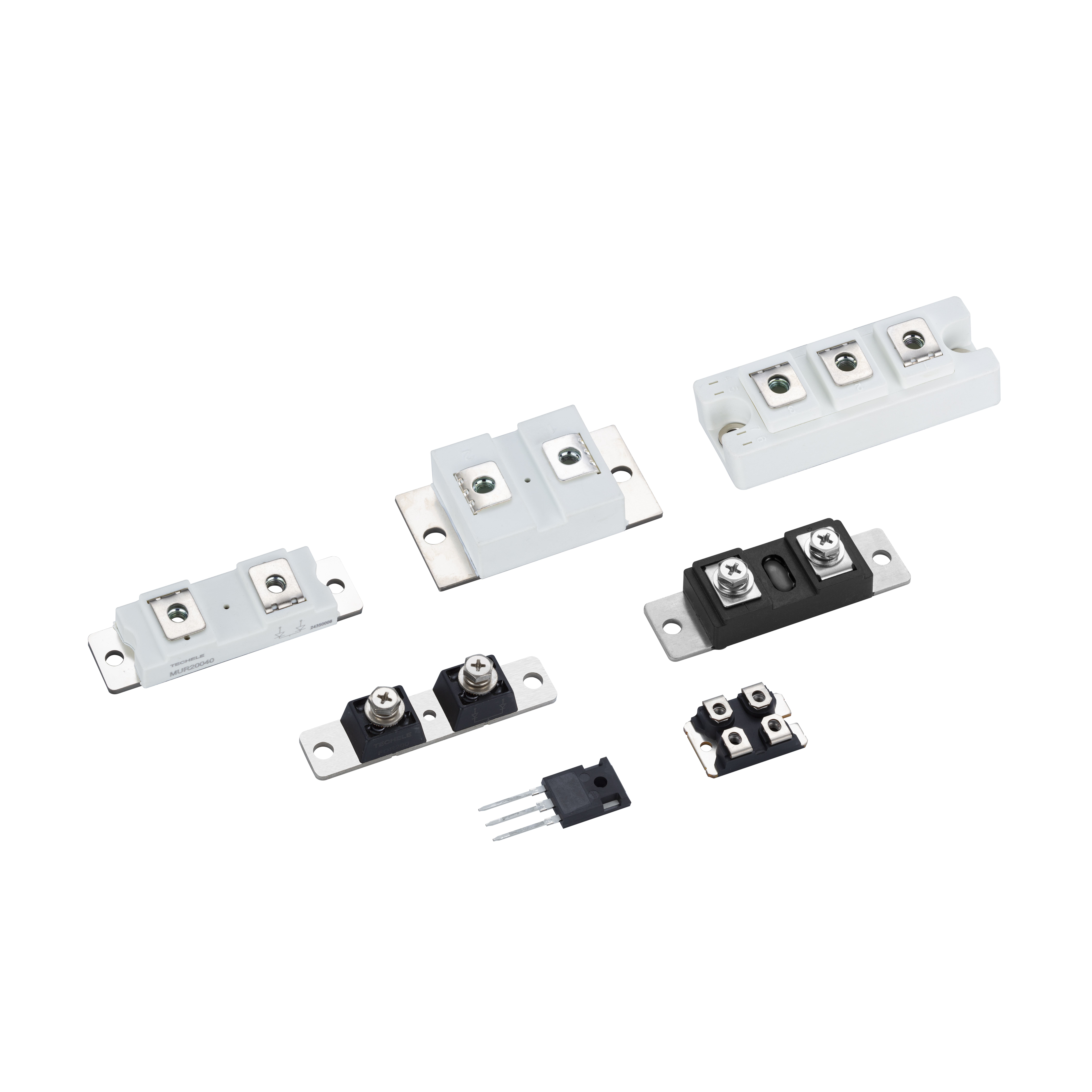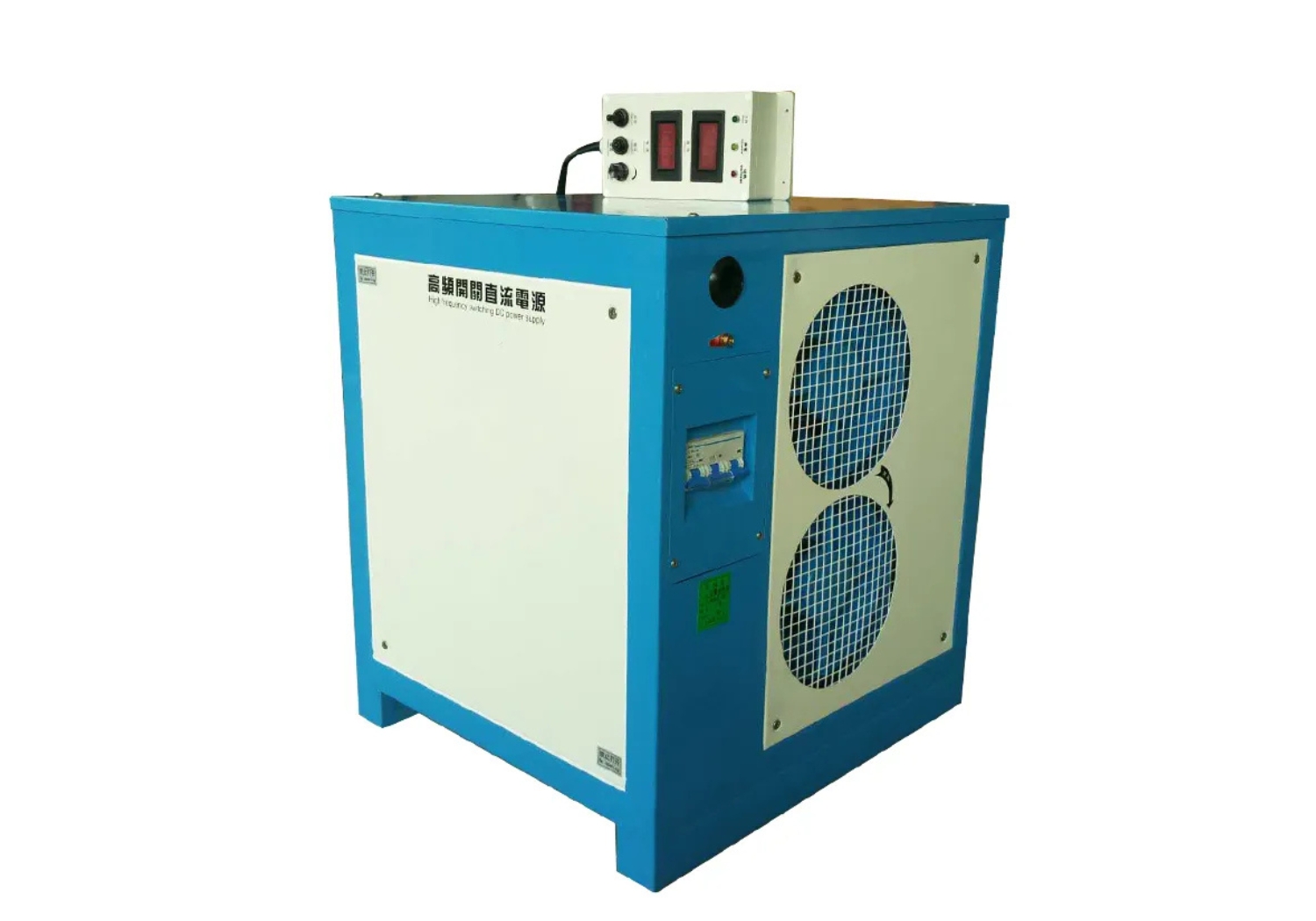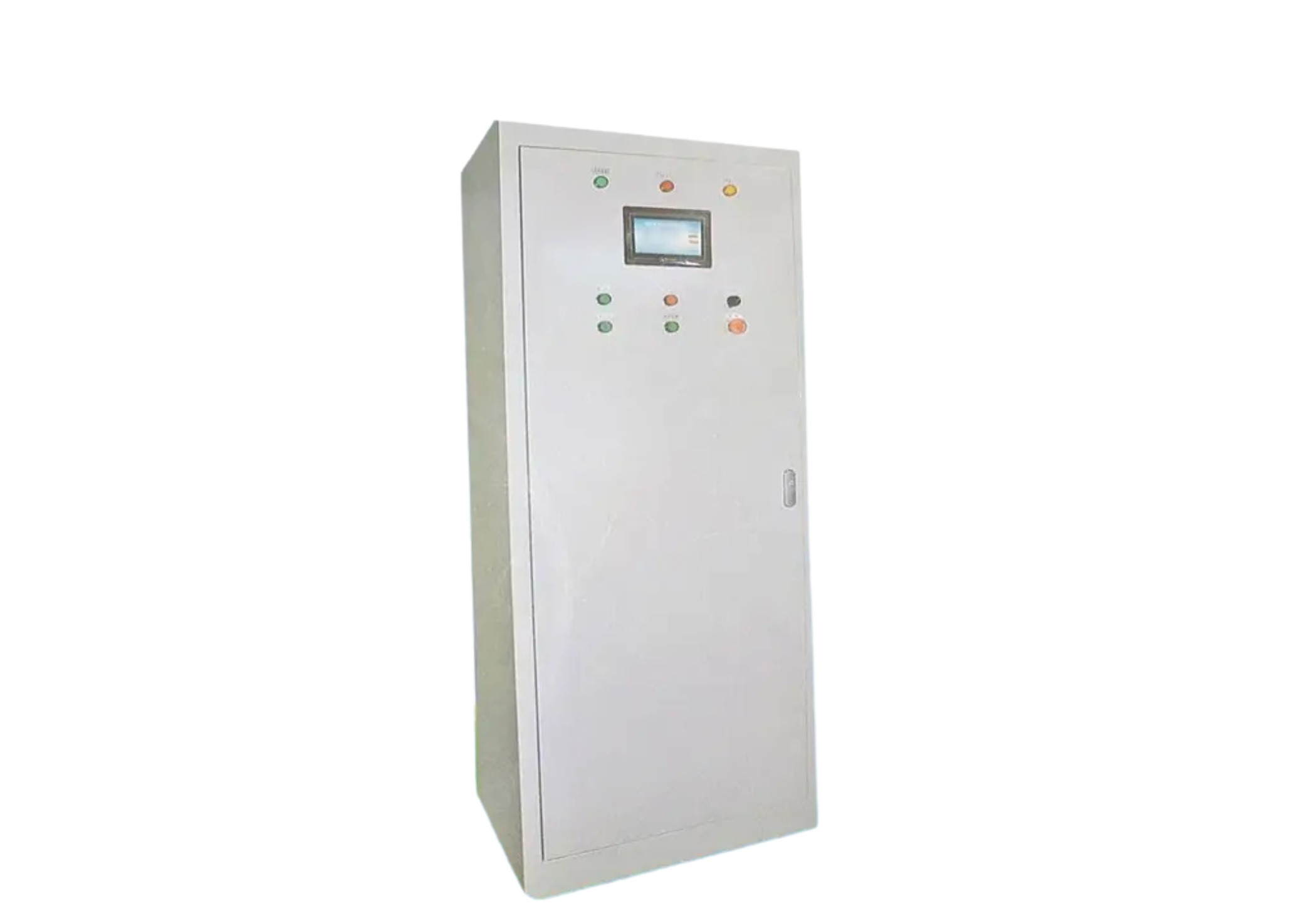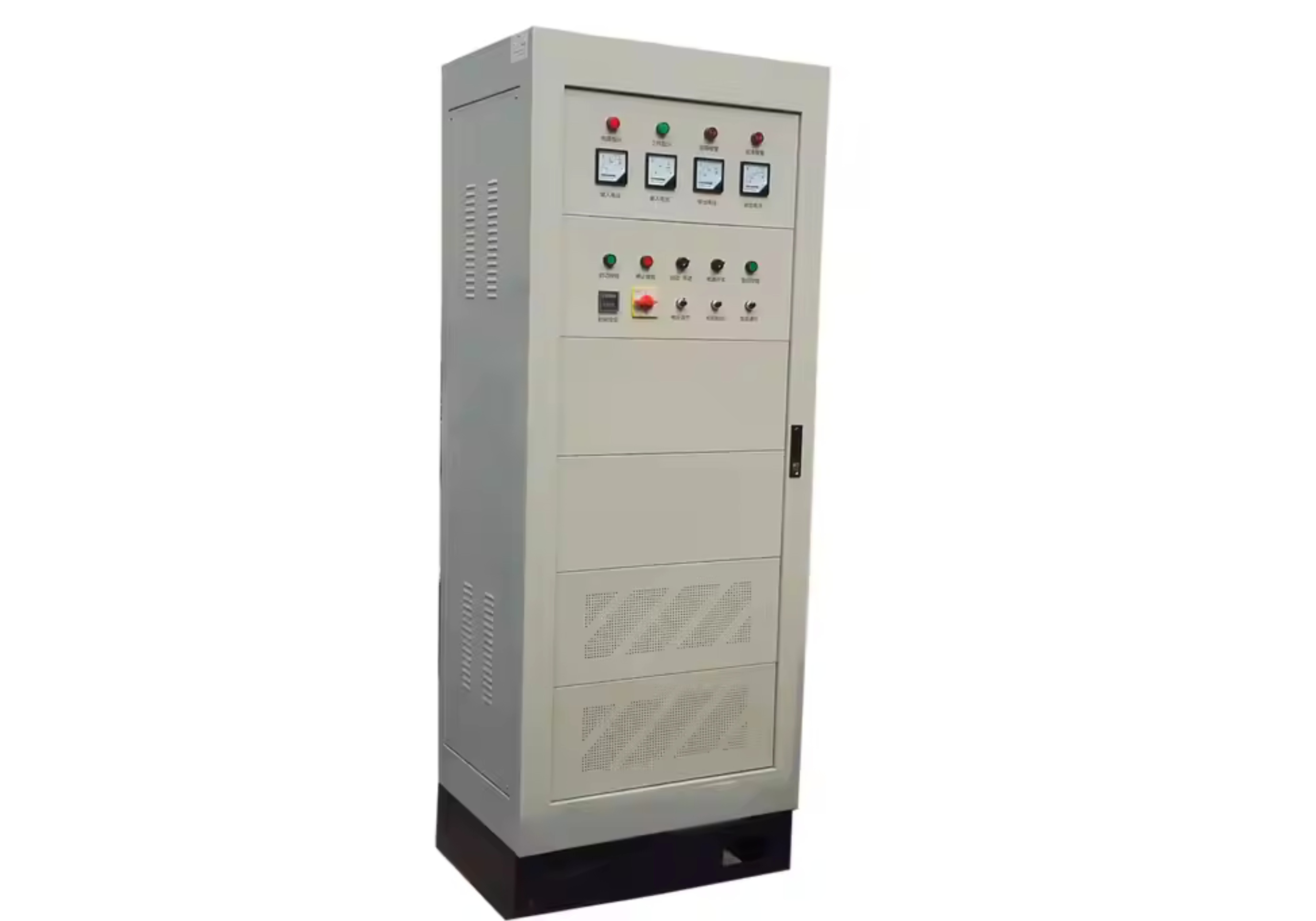RC Snubber and Overvoltage Strategies for Thyristor Modules in Welding and Dimming Systems
In modern power electronics, especially in industrial phase control systems, RC snubber networks play a critical role in ensuring thyristor reliability under transient conditions. Applications such as welding, desalination, and dimming systems operate in challenging environments, where high surge current and overvoltage events are frequent. When paired with dual thyristor modules, these systems benefit significantly from well-designed snubber circuits and overvoltage protection strategies that account for low on‑state voltage operation.
The Role of RC Snubbers in Power Switching Systems
An RC snubber is typically a resistor-capacitor network connected in parallel with the thyristor. Its primary function is to suppress voltage transients and limit the dv/dt (rate of voltage rise) across the thyristor during turn-off and turn-on events. In systems like welding, sudden load changes and arc strikes can induce voltage spikes, potentially damaging the semiconductor if not properly managed.
In desalination pumps driven by phase-controlled thyristors, inductive motor loads introduce back-EMF that can overstress the switching devices. A snubber network absorbs and dissipates this energy, allowing smoother thyristor transitions and extending device life.
Dimming systems, particularly those using inductive or capacitive loads like transformers or LED drivers, also benefit from snubber circuits that eliminate noise, reduce harmonics, and prevent false triggering due to transient voltage spikes.
Overvoltage Protection for High Surge Conditions
Overvoltage protection is crucial in protecting dual thyristor modules from breakdown or latch-up under high surge current conditions. These can occur during welding current surges, motor starts in desalination, or grid-side disturbances in dimming circuits.
Metal-oxide varistors (MOVs), transient-voltage suppression (TVS) diodes, and gas discharge tubes are common protective components. They clamp the voltage across the thyristor module during a surge, shunting excess energy away from the sensitive gate and anode-cathode junctions.
In systems operating at low on‑state voltage, there's a tighter margin between normal operation and destructive overvoltage. This makes proper selection and coordination of snubber and clamp elements essential to maintain safe operating zones.
Optimizing Snubber Parameters for Application Needs
Each application—welding, desalination, and dimming—has distinct snubber requirements based on operating frequency, load inductance, and energy dissipation profiles.
For welding, snubbers must be designed for high peak energy absorption and rapid recovery, often involving larger capacitors and lower resistance values. Pulse duration and duty cycle should also be factored in to avoid overheating.
In desalination, where switching is more continuous, the snubber must minimize power loss during each cycle while maintaining reliable suppression of voltage transients from pump and motor loads.
For dimming, the priority is often electromagnetic interference (EMI) reduction and noise suppression. Smaller RC values with careful PCB layout help prevent interference in lighting control circuits and ensure smooth dimming without flicker or buzz.
Integration with Dual Thyristor Modules
Modern dual thyristor modules may include provisions for external snubber connections or even integrate partial snubbing capability. When selecting external RC networks, engineers must ensure compatibility with module ratings, surge withstand capability, and industrial phase control requirements.
Designing snubber and protection circuits specifically for low on‑state voltage thyristors ensures minimal conduction loss, which is crucial in applications with continuous or high-frequency switching, such as dimming or automated welding processes.
Conclusion
Whether managing arc ignition in welding, pressure pumps in desalination, or voltage regulation in dimming, the integration of RC snubbers and overvoltage protection is essential for extending the life and performance of dual thyristor modules. Tailoring these circuits to the specific needs of the application—while accounting for high surge current, transient events, and low on‑state voltage—ensures robust, long-term system stability.






